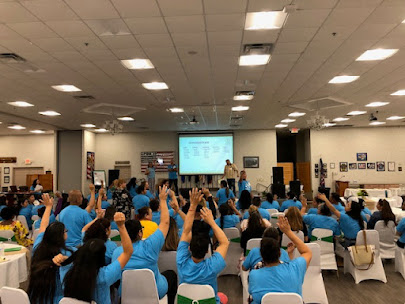FWAF's Democratic Process at the General Assembly
We don't take the label "grassroots" lightly. It literally defines our organization and describes where we came from, where we're going, and where we are now. We are an organization by farmworkers, for farmworkers; our democratic processes at our Local and General Assemblies are one example of how we uphold this. In most of our social media posts about our recent General Assembly, you'll read mostly about the celebration aspect of it, with only a brief statement on our process of voting during these events. This blog post will delve a little further into exactly how we vote at our Local and General Assemblies, and what we do with what we've voted on.
Our democratic process begins at the Local Assemblies. These are meetings that each of our five offices around the state holds for their respective communities. They're often similar to our General Assemblies, but on a smaller scale- the office will often serve a meal, recognize supporters, and may even have a speaker. Most importantly, the people come together to discuss the needs of their community. Everyone who wants to has the opportunity to relay a need to be slated as a potential "priority". Once everyone has had a chance to add to the list, it must be narrowed down to a list of 5 priorities. Everyone present gets 3 votes, and whichever 5 needs get the most votes then become the priorities for that office area. These 5 priorities will be taken to the General Assembly next. The last order of business at the Local Assemblies is choosing delegates from the community to go to the General Assembly to vote on behalf of their area. Each area must have at least 5 delegates.
The General Assembly is the conglomeration of all 5 Local Assemblies; the priorities from each office are pooled, for a total of 25 priorities to be voted on, with the goal of a finishing slate of 5 official priorities of the organization as a whole to devote time and resources to. Every delegate gets 3 votes again. The goal is to build a list of priorities that would serve most, if not every, office in the state. Once voting ends, and our 5 priorities are chosen, then the work begins and our staff gets to work to meet the needs of our communities!




Comments
Post a Comment